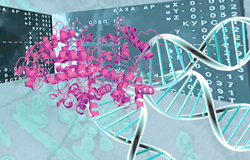
Prof. dr. Neeltje van Haren
My mission is to understand the biological mechanisms underlying psychotic and mood symptoms and diagnoses; and I focus my reserach efforts on the neurobiologcal and (social) cognitive basis of schizophrenia and bipolar disorder, using neuroimaging approaches, exensive phenotyping, and experimental (social) cognitive paradigms, preferably within longitudinal family designs.
Click here to read more about NeeltjeOur projects
BRain Imaging, Development & Genetics (BRIDGE) (or: Dutch Bipolar and Schizophrenia Offspring Study, DBSOS)
ENIGMA-Relatives working group
Genetic, Imaging, and Cognition study of Positive Valence Systems in Psychotic Syndromes
PANDA-study - Prenatal And Neonatal Development: An offspring study of severe mental illness
PROTECt ME
Our team
Principal Investigators
-

M.I. (Marit) Broer
Research assistant
-

B. Z. (Boglarka) Kovacs, PhD
PhD Candidate
-

E.M. (Esther) Mesman, PhD
Assistant Professor and Health care psychologist
-

H. (Hanneke) Scholten, PhD
Assistant professor and principal investigator
Postdocs
-

M.E.A. (Marjolein) Barendse, PhD
Postdoctoral researcher
-

L.A.E.M. (Lisanne) van Houtum, PhD
Postdoctoral researcher





